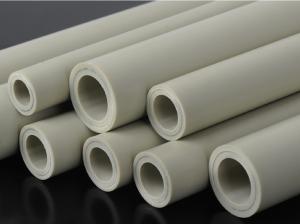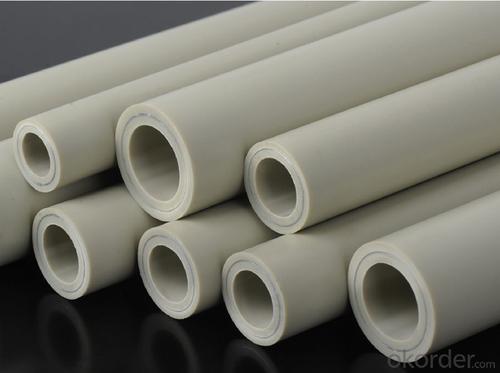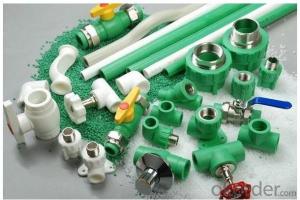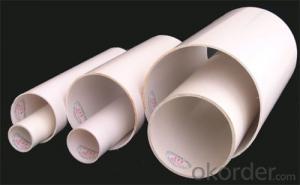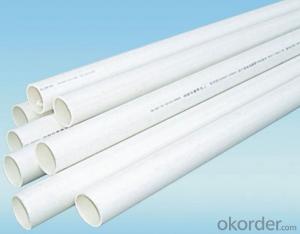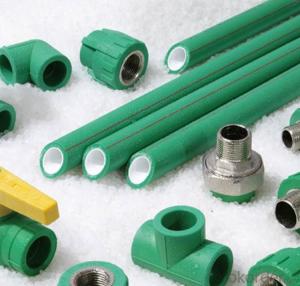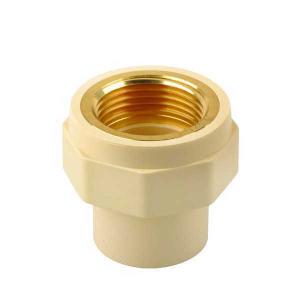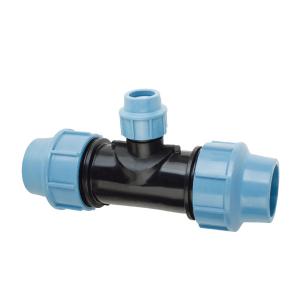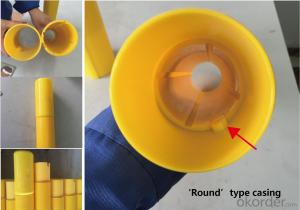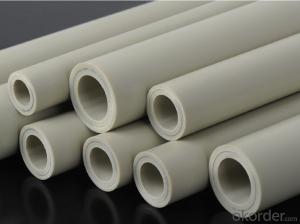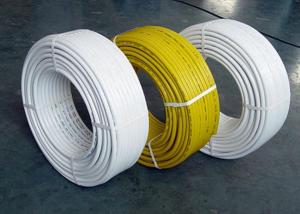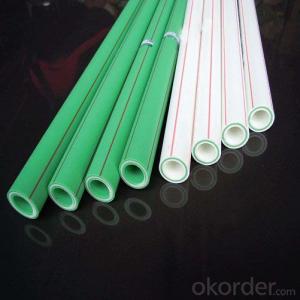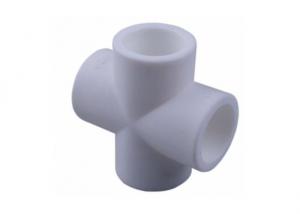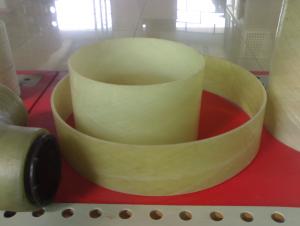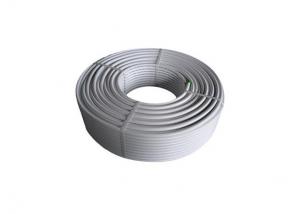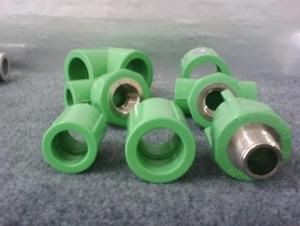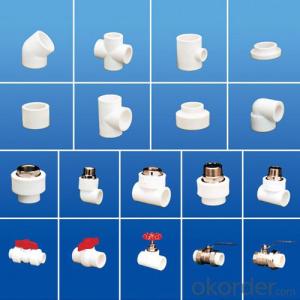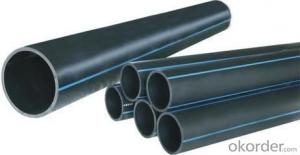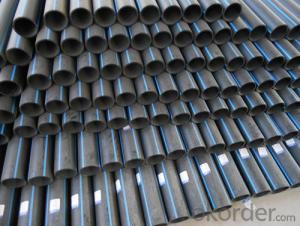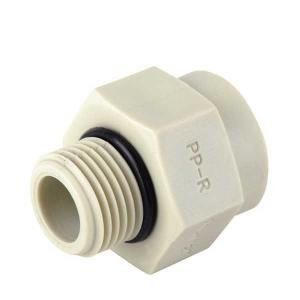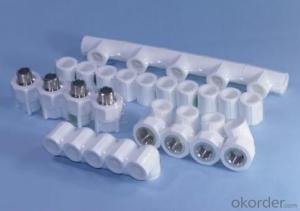1 1/2 Inch PPR-AL-PPR Equal-Thickness Wall Composite Pipe
- Loading Port:
- Ningbo
- Payment Terms:
- TT or LC
- Min Order Qty:
- 500 pc
- Supply Capability:
- 100000 pc/month
OKorder Service Pledge
OKorder Financial Service
You Might Also Like

Description:
Our PPR-AL-PPR Aluminum plastic composite pipe is consisted of five layers.
The middle layer is thin aluminum, outer layer is PP-R, inner layer is PPR.
There is imported heat glue which is extruded by high temperature and high pressure.
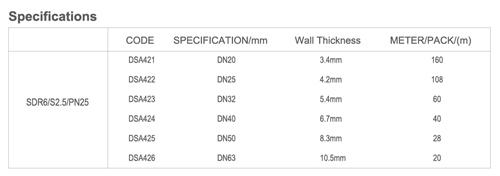
Features:
1. Five-storey structure combines the rigid metal pipe and health and sealing plastic pipe perfectly.
2. The middle layer of aluminum isolates the external air, infiltrating the external oxygen barrier pipe, inhibiting the bacterial survival in the breeding pipeling, it is used to ensure the health of the water in the pipe and to prevent secondary pollution invisible.
3. The expansion properties of PPR-AL-PPR pipe is close to metallic materials, and has no apparent expansion in hot and reduction in cold when install and apply to use, the outside is more straight and attractive.
Advantages:
1. Greatly reduced linear expansion coefficient, only 1/4 of that of PPR.
2. 100% oxygen tightness, suitable for heating systerm.
3. Improved resistant to impulse under low temperature, resistant to UV-rays.
4. Easily detected by detector when embedded, owing to the metal layer.
Applicaitons:
1. Distribution for cool and hot water.
2. Pipes for kinds of high-temperature and low-temperature heating system.
3. Pipes for heating and colling settings in solar energy system.
4. Connecting pipe for air-conditions.
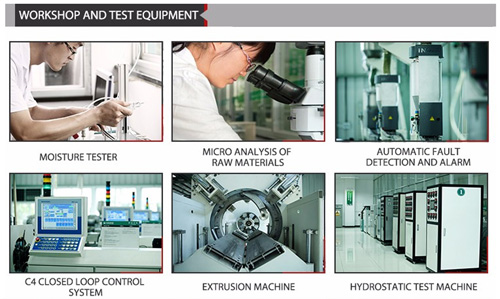
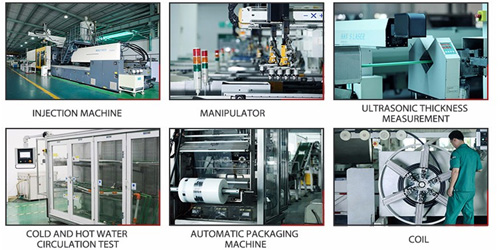
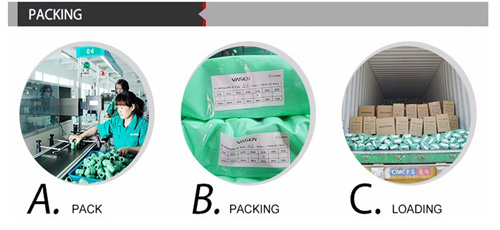
Packaging & Delivery
Packaging details: weaving bag
Delivery detail: 10-30 days
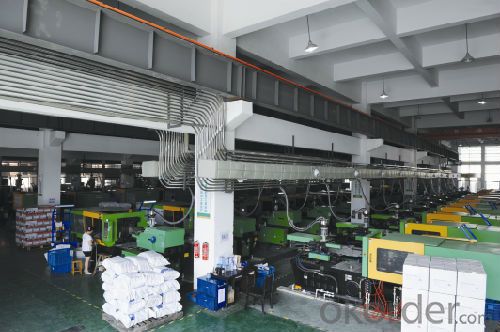
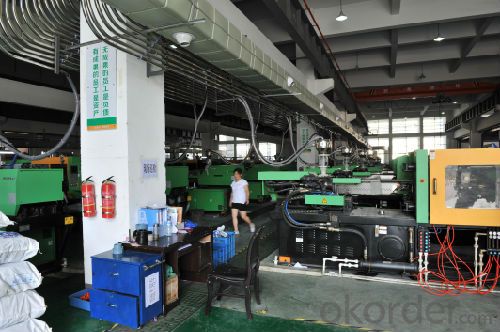
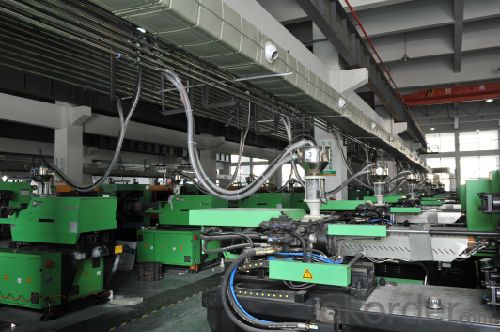
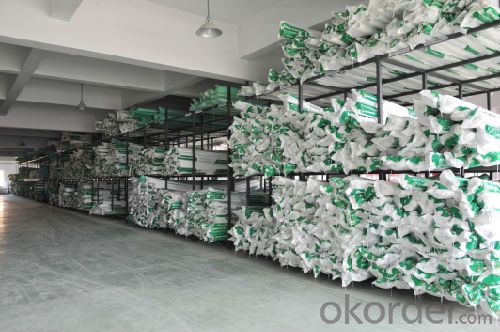
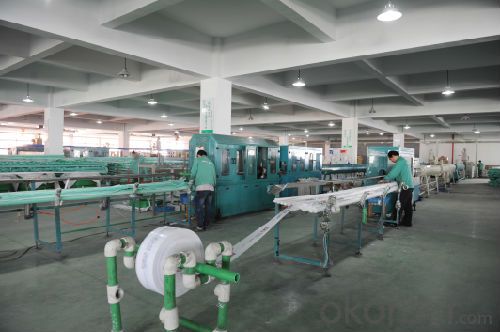
- Q: Can plastic pipe fittings be used for fluid handling in manufacturing?
- Yes, plastic pipe fittings can be used for fluid handling in manufacturing. Plastic pipe fittings are commonly used in various industries due to their durability, chemical resistance, and ease of installation. They are particularly suitable for handling non-corrosive fluids such as water, chemicals, and gases. However, it is important to consider the specific requirements of the manufacturing process, such as pressure, temperature, and compatibility with the fluid being handled, to ensure the appropriate selection of plastic pipe fittings.
- Q: Can plastic pipe fittings be used in wastewater treatment systems?
- Yes, plastic pipe fittings can be used in wastewater treatment systems. Plastic fittings are commonly used in these systems due to their corrosion resistance, durability, and cost-effectiveness. They are suitable for various applications, including the transport and distribution of wastewater, as they can withstand the harsh conditions and chemicals present in these systems.
- Q: Do plastic pipe fittings require glue or solvent during installation?
- Yes, plastic pipe fittings typically require the use of glue or solvent during installation to ensure a secure and leak-free connection.
- Q: Are plastic pipe fittings suitable for pharmaceutical manufacturing?
- No, plastic pipe fittings are generally not suitable for pharmaceutical manufacturing due to the risk of contamination and chemical reactions with the drugs or chemicals involved in the process.
- Q: Are plastic pipe fittings suitable for irrigation systems?
- Yes, plastic pipe fittings are suitable for irrigation systems. They are commonly used due to their durability, affordability, and resistance to corrosion and chemicals. Additionally, plastic pipe fittings are lightweight and easy to install, making them a popular choice for irrigation systems.
- Q: What are the different connection methods for plastic pipe fittings?
- There are several different connection methods for plastic pipe fittings, including solvent welding, compression fittings, push-to-connect fittings, and threaded connections.
- Q: Are plastic pipe fittings suitable for use in wineries and breweries?
- Yes, plastic pipe fittings are suitable for use in wineries and breweries. They are often preferred due to their durability, resistance to corrosion, and ease of installation. Plastic fittings also do not impart any taste or odor to the liquids being transported, making them a reliable choice for these industries.
- Q: How do plastic pipe fittings compare to galvanized steel fittings?
- Plastic pipe fittings offer several advantages over galvanized steel fittings. Plastic fittings are generally more affordable, lightweight, and easier to install due to their simple and flexible design. They are also resistant to corrosion, which makes them suitable for use in various environments, including exposure to water. On the other hand, galvanized steel fittings are durable and can withstand higher temperatures and pressures, making them suitable for heavy-duty applications. However, they can be more expensive, heavier, and require specialized tools for installation. Ultimately, the choice between plastic and galvanized steel fittings depends on the specific needs and requirements of the project.
- Q: Are plastic pipe fittings easy to install?
- Yes, plastic pipe fittings are generally easy to install. They are lightweight, require no special tools, and can be quickly connected using simple techniques like solvent welding, compression fittings, or push-to-connect systems. Additionally, plastic pipe fittings are versatile and can be installed in various plumbing and water supply applications.
- Q: Can plastic pipe fittings be used for sewer and drainage systems?
- Yes, plastic pipe fittings can be used for sewer and drainage systems. Plastic fittings are commonly used in these systems due to their resistance to corrosion, lightweight nature, and ease of installation. They are also able to withstand the harsh conditions and chemicals commonly found in sewer and drainage systems.
Send your message to us
1 1/2 Inch PPR-AL-PPR Equal-Thickness Wall Composite Pipe
- Loading Port:
- Ningbo
- Payment Terms:
- TT or LC
- Min Order Qty:
- 500 pc
- Supply Capability:
- 100000 pc/month
OKorder Service Pledge
OKorder Financial Service
Similar products
Hot products
Hot Searches
Related keywords
